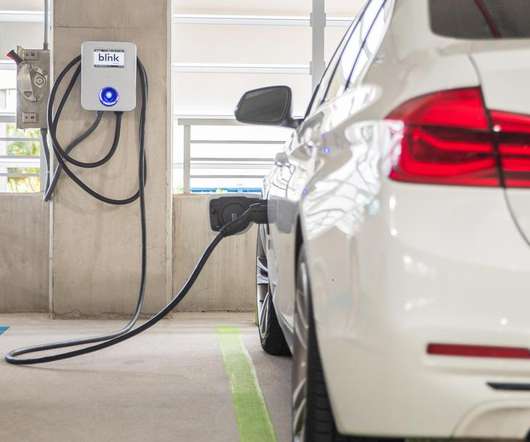California Air Resources Board releases proposed Advanced Clean Car package: LEV III, GHG and ZEV rules to transform the California fleet; ZEVs and TZEVs to be 15+% of new vehicle sales by 2025
Green Car Congress
DECEMBER 8, 2011
When fully implemented, annual fuel costs to operate a car will be reduced by an average of 25%, with an overall cumulative savings of $22 billion by 2025, according to ARB calculations. This will reduce the monthly cost of a new car by $12, even when considering the higher cost of the loan or lease.










Let's personalize your content